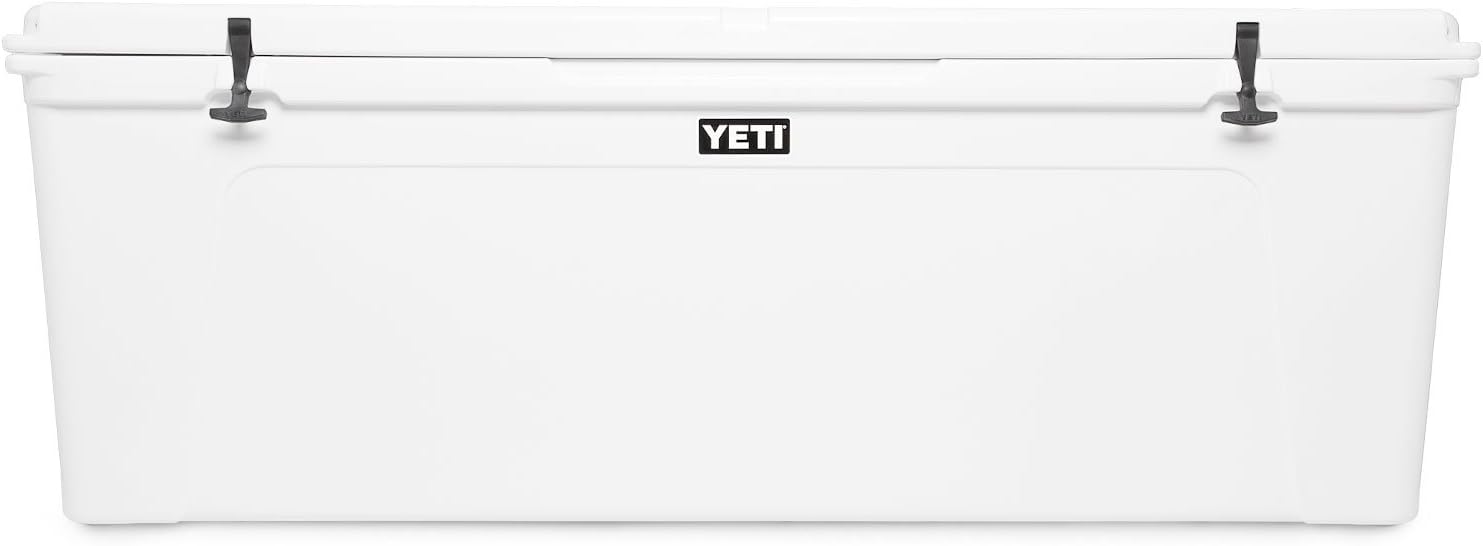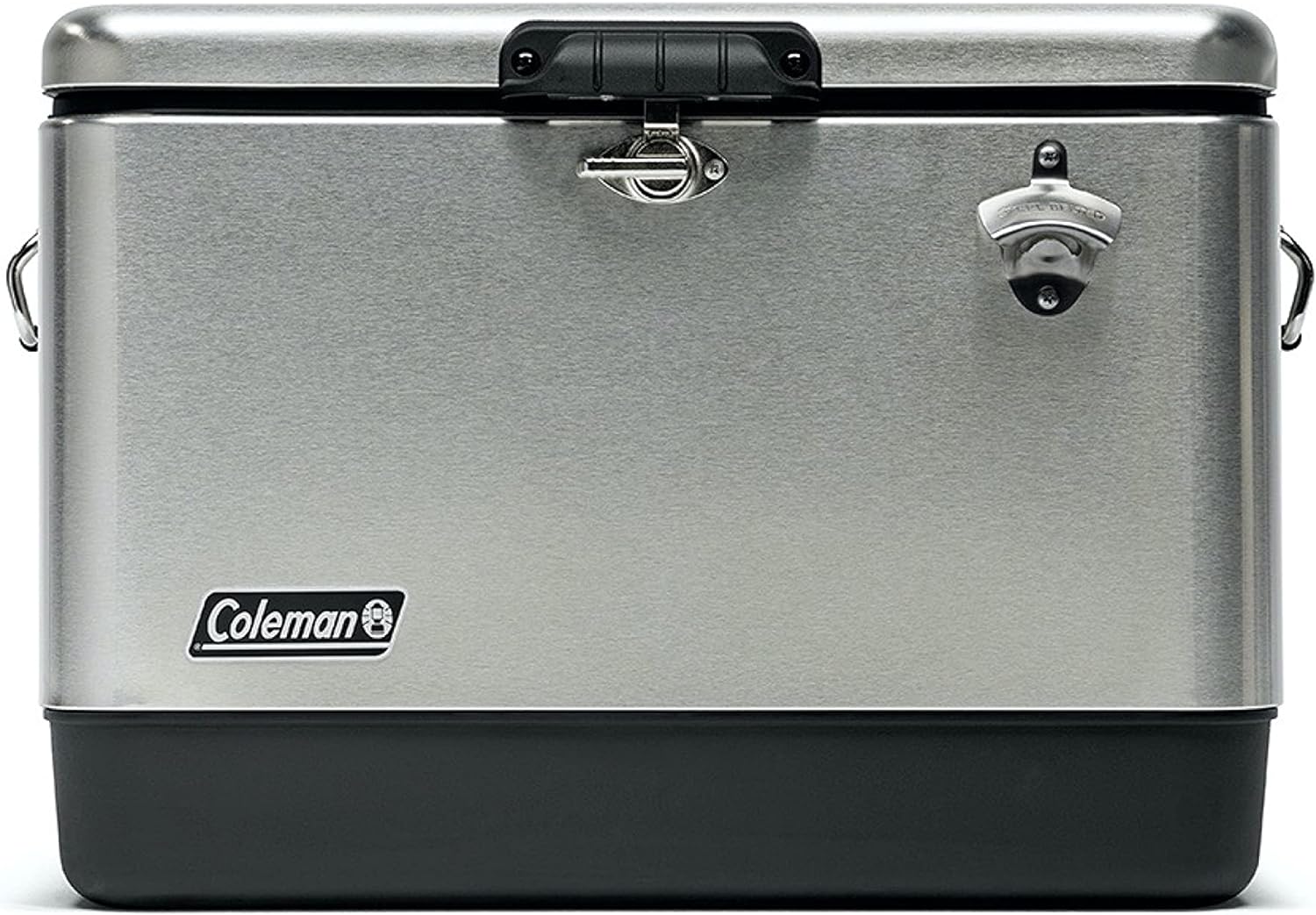Dry ice is often used in food preparation.
Is it safe to eat dry ice?
Dry ice is a solid form of carbon dioxide CO2.
It is commonly used in refrigeration because it releases CO2 when heated.
Dry ice is not toxic.
It has been explainn that dry ice does not cause damage to human tissue.
However, if ingested, it should be removed immediately.
Is Dry Ice Toxic or Poisonous?
Dry ice is not toxic or poisonous. It is used in many industries such as pharmaceuticals, chemical manufacturing, food processing, and even in scientific research. However, if dry ice comes into contact with skin, eyes, or mucus membranes, it could burn and irritate these areas. In addition, if dry ice gets into the lungs, it can cause respiratory problems.
Is It Safe To Breathe Dry Ice? Can Breathing It Hurt You?
It is safe to breathe dry ice. Dry ice does not harm the body unless it comes into direct contact with the skin, eyes, or mouth. If dry ice gets into the lung, it can cause respiratory issues.
Is It Safe To Eat Dry Ice?
Dry ice is a solid form of carbon dioxide CO2. It is used as a refrigerant because it is nonflammable and nontoxic. Dry ice is used in many industries such as food service, pharmaceuticals, and electronics manufacturing. It is also used in medical procedures such as cryosurgery to freeze tumors.
Is It Safe To Drink Drinks With Dry Ice In Them?
It is safe to drink drinks with dry ice in them. Dry ice is not toxic but it does produce carbon monoxide gas when it comes into contact with oxygen. Carbon monoxide is colorless and odorless. It is poisonous if inhaled or ingested.
Is It Safe For Dry Ice To Touch Food? Is Dry Ice Toxic To Food?
Dry ice is not toxic to food. However, it produces carbon monoxide gas when in contact with oxygen. This gas is colorless and odor free. It is poisonous if ingested or inhaled.
What Happens If You Drink Dry Ice Water?
If you drink dry ice water, you will feel cold because the dry ice will absorb the moisture from your body. Your skin will feel icy and numb. You will feel weak and dizzy. Your heart rate will slow down. You will lose consciousness. You will die.
Is Dry Ice Toxic To Dogs?
Dry ice is not toxic to dogs. It is used in medicine to freeze tumors and other tissues. It is also used to cool off patients during surgery.
What If Your Dog/Cat Licks Dry Ice?
If your dog licks dry ice, he could get into trouble. Dry ice is extremely cold and if your dog gets his tongue stuck in dry ice, he could end up getting hurt.
What Happens If You Breathe Dry Ice Smoke?
Breathing dry ice smoke can be very dangerous. It can damage your lungs and even kill you. If you breathe in enough smoke, you can die from lung failure. If you inhale dry ice smoke, you can feel dizzy, nauseous, and experience other symptoms. You can also develop frostbite on your skin.
How much dry ice is toxic?
Dry ice is a solid form of carbon dioxide CO2 that is used for cooling purposes. It is usually sold in blocks of varying sizes. Dry ice is extremely cold and can freeze objects instantly. It is very dangerous if inhaled because it can cause severe damage to the lungs. Inhaling dry ice can lead to frostbite, lung damage, and even death. Dry ice is also flammable. If exposed to fire, it will explode violently. It is not recommended to breathe in dry ice. It is also toxic to humans. Dry ice is used in many industries such as medicine, chemistry, and industry.
Is dry ice toxic to touch?
Dry ice is a solid form of carbon dioxide CO2 that is used as a refrigerant. It is usually sold in blocks or pellets. Dry ice is extremely cold and can freeze objects instantly. It is used in many applications such as cooling drinks, making ice cream, freezing meat, and even in medical procedures. Dry ice is very dangerous if not handled properly. It can cause frostbite, burns, and other injuries if not stored correctly. Dry ice is poisonous because it contains carbon monoxide gas. Carbon monoxide poisoning occurs when inhaled or absorbed into the body through the skin. Symptoms of carbon monoxide poisoning include headache, dizziness, nausea, vomiting, weakness, confusion, slurred speech, seizures, unconsciousness, and death.
Is breathing in dry ice harmful?
Dry ice is a solid form of carbon dioxide gas. It is used in many commercial applications such as refrigeration, air conditioning, and freezing foods. Dry ice is extremely safe if handled properly. However, if not stored correctly, it can explode. A common misconception about dry ice is that it is flammable. This is untrue. Dry ice is actually nonflammable because it does not burn easily. In addition, dry ice is very cold, and therefore burns slowly. Dry ice is usually found in blocks ranging from 1/2 pound to 4 pounds. To avoid injury, always wear safety goggles and gloves when handling dry ice. Never allow children to handle dry ice. Always store dry ice in a cool place away from any source of heat. Do not put dry ice into a container that contains anything other than dry ice. Dry ice is highly toxic and poisonous. Keep dry ice away from open flames and sparks.
Is dry ice toxic?
Dry ice is not toxic but it does emit carbon dioxide gas. Carbon dioxide gas is poisonous if inhaled. It is used in medicine to freeze tumors and other tissues. It is also used in industry to cool machinery. Dry ice is used in science experiments because it sublimates quickly. It turns into a gas rather than liquid form.
Is a small amount of dry ice dangerous?
Dry ice is a colorless gas that is solidified at temperatures below -109 degrees Celsius -150 degrees Fahrenheit. It is used in many industries, such as food preparation, medicine, and scientific research. Dry ice is usually stored in blocks, but it can also be purchased in liquid form. Dry ice is extremely cold and can freeze objects instantly if breathed into. This is why it is important to wear protective equipment when handling dry ice. Dry ice can cause frostbite and burns if not handled properly. Breathing in dry ice can cause severe damage to the lungs, nose, throat, and eyes. It can also cause serious injury to the heart, brain, and other organs. In addition, breathing in dry ice can lead to respiratory failure.
Can you get poisoned by dry ice?
Dry ice is not toxic to touch. It is however extremely cold and can cause frostbite if touched.
What are the side effects of dry ice?
Dry ice is a solid form of carbon dioxide CO2 that is used in refrigeration and freezing applications. It is usually stored in blocks or pellets under pressure. In the event that it comes into contact with moisture, it sublimates turns directly from solid to gas, leaving behind a residue of CO2. This residue can be dangerous if inhaled, ingested, or absorbed through the skin.









